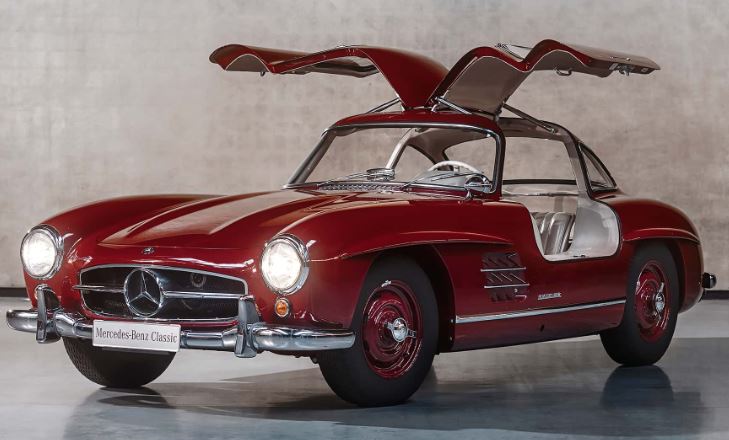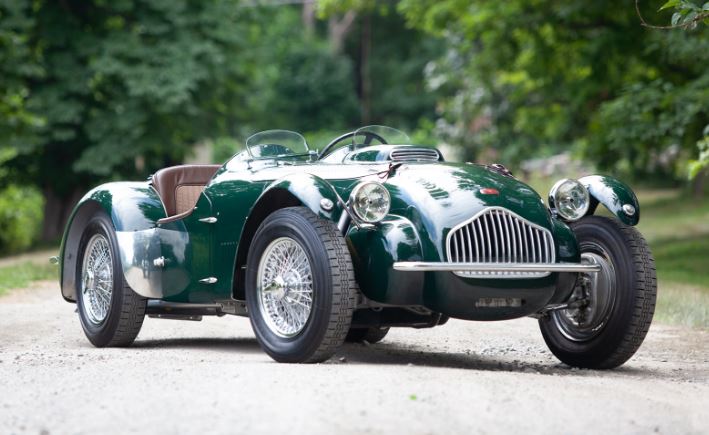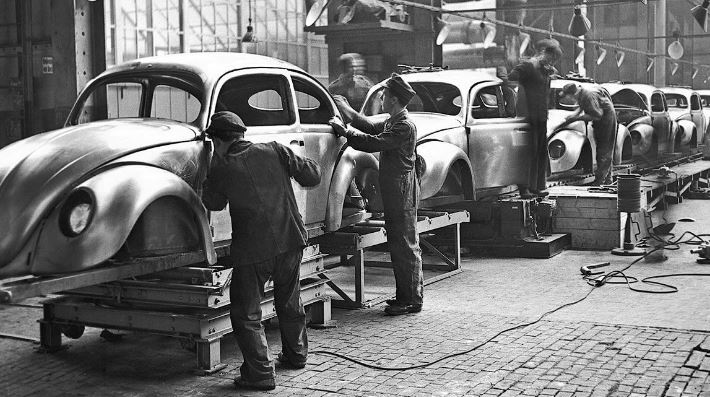Top 15 Rare Vintage Cars of the 1950s
In the 1950s, car manufacturers were pushing the boundaries of design and technology. This decade saw the birth of some truly unique and rare vintage cars that are still sought after by collectors today.
From sleek sports cars to luxurious sedans, these vehicles are a testament to the ingenuity and creativity of their time.
In this article, we’ll take a look at the top 15 rare vintage cars of the 1950s, highlighting their distinctive features and the reasons why they remain so special.
1. Mercedes-Benz 300SL

The 1956 Mercedes-Benz 300SL stands as a rare beauty, quite possibly ranking as one of Mercedes’ most exquisite creations to date.
Its exterior design nears perfection, complemented by the iconic gullwing doors that unveil a luxurious interior, marking this car as a true masterpiece.
Derived from the W194 Mercedes, which famously dominated the 24 hours of Le Mans in 1952, the 300SL boasted a robust 215hp 3.0-liter straight-six engine.
Notably, it held the title of the fastest production car of its era, achieving a remarkable top speed of 155mph.
Overview:
| Feature | Specification |
|---|---|
| Engine | Inline 6, SOHC (Single Overhead Camshaft) |
| Displacement | 2,996 cc (182.8 cu in) |
| Horsepower | 215 hp (212 bhp) @ 5,800 rpm |
| Torque | 202 lb-ft (274 Nm) @ 4,600 rpm |
| Transmission | 4-speed manual |
| Drivetrain | Rear-wheel drive (RWD) |
| Top Speed | 135 mph (217 km/h) |
| 0-60 mph (0-100 km/h) | 8.8 seconds |
| Fuel Economy | City: 15 mpg, Highway: 18 mpg (estimated) |
| Curb Weight | 3,131 lbs (1,420 kg) |
| Wheelbase | 94.5 inches (2,400 mm) |
| Length | 180 inches (4,570 mm) (Roadster), 178 inches (4,520 mm) (Coupe) |
| Width | 70.5 inches (1,790 mm) |
| Height | 51.2 inches (1,300 mm) |


